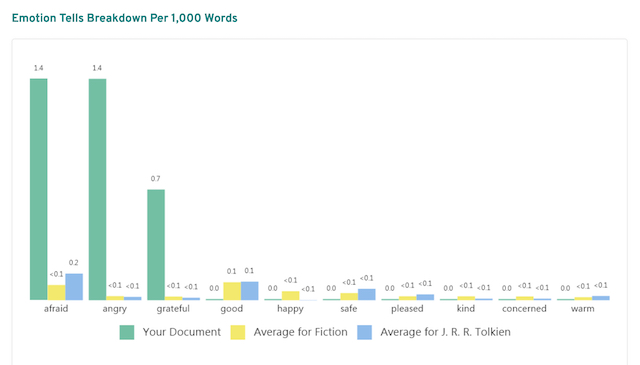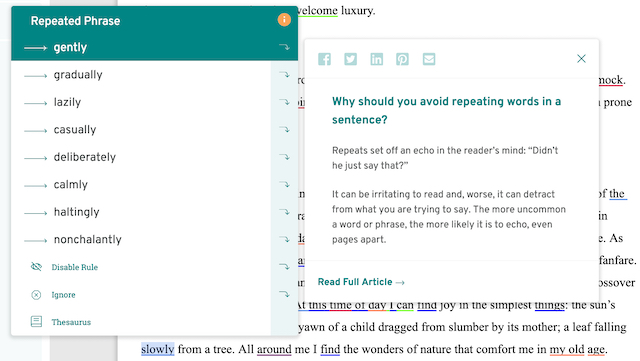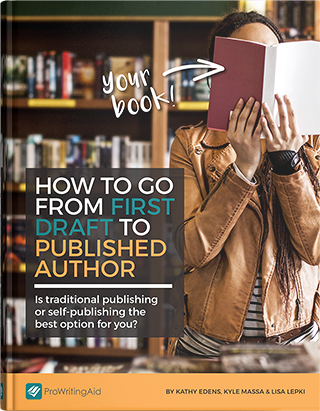
Enter the Maze of Self-Publishing
Now that you’ve finished your book, you want to self-publish. It’s time to think as a business owner with a product – your book. You may be ready to publish, but is your book ready?
Once you publish, your book, your product, will compete with thousands of other books. You want your product to enter the market with the best possible chance of finding readers. This means you need to take steps to prepare your book to meet the market.
This article will cover mistakes authors make in pre-publishing activities, listing your book with the publisher, and book marketing strategy.
Rushing your book to publication is a huge trap. When a book is not fully ready to publish, you diminish your chance of success. So, before you publish your book, avoid these obstacles to publishing success. Preparing your book will help your book find the right readers who love your genre and will buy.
Pre-Publishing Activities
You don’t want your book to go out in the world naked. Plan to dress for success. This may be your first book, but you can take steps to make it professional. That way, readers won’t care if you are self-published or traditionally published. They will just see a book they want to read.
Many new authors skip important pre-publishing “dressing” for their book that keeps it from being discovered by readers. Appearance matters. Potential readers judge your book by how it looks.
Here are three pre-publishing activities that new authors often skip in their hurry to publish.
Trap 1: Skipping Genre Expectations
Genre style and focus set reader expectations. When you launch your author career you want to meet these expectations. If you don’t, the usual readers of your genre won't buy. Or if they read your book and are disappointed, they will leave reviews that discourage other genre readers from buying your book.
Each genre varies in expectations like manuscript length, character types, settings, themes, viewpoint choices, and plots. Certain settings suit specific genres. These will vary in type, details, intensity, and length of description. The tone employed by the author, and the mood created for the reader, must also suit the genre.
Be aware of sub-genres within genres. For example, a fantasy story with sinister, frightening elements would belong to the dark fantasy sub-genre. Sub-genres also have defined reader expectations.
You can check that your writing matches your genre with ProWritingAid. The editing tool automatically compares your writing to other writing in your genre. If you are a Premium user, you can choose to compare your writing to your favourite author. I've chosen Tolkien below.

Your readers may not be aware of the types of adverbs or dialogue tags the their favourite authors most commonly use. But being aware of these things as an author will mean that your writing resonates on a subconscious level.
Trap 2: Poor Spelling and Grammar
Typographical errors, spelling errors, and sloppy sentence construction are red flags that cry "self-published." Even though you may have wowed your English teacher, it’s difficult to spot errors in your own work.
Professional writers hire editors to go over their manuscript. Developmental editors make sure the book’s overall structure works. Copy editors work to make writing smooth. They address clarity, syntax, and flow. They can charge a ho-hum scene with electricity through language. They refine the aesthetics of your book. After you’ve made your changes, a proofreader checks your manuscript for the nuts and bolts of grammar, punctuation, and spelling.

Pro tip: Before you send your manuscript to an editor, make it easy for them to read by self-editing to catch as many mistakes as possible. You are paying for your editors. Don't make them waste time correcting errors like confused words or repetition. Software like ProWritingAid will save you time by highlighting errors that copy editors would find and making suggestions for how you can fix them.
Trap 3: Amateur Book Covers
A poorly designed book cover screams "amateur." This is one place where do-it-yourself doesn’t work. Avoid doing it yourself. Even if you are a graphic designer, unless you know cover design, your book won’t speak to the right readers.
If there’s one place to splurge on your book, it’s the cover. Your book cover is a powerful marketing tool. It’s the first thing a reader sees. A bland cover keeps readers from discovering more. They’ll pass right over your book to another with a more engaging cover.
Find out more about how book covers make a difference to sales in our recent post by Nick Stephenson, author and book marketing expert.
Listing Your Book with the Publisher
Even when you have your pre-publishing actions covered, new authors make listing errors with online retail publishers that keep their books from being discovered by the right readers.
Remember, your book is now a product. Just like items in the grocery store, you need to place your book on the right shelf so readers can find it. If you were looking for lemons and they were in the meat department, you’d have a hard time finding them. You’d have to search the entire store.
How you set up your book is key to being placed in the right department. Choosing the right labels, called metadata, will place your book in algorithms that match readers to your book.
Trap 4: Not Choosing the Right Category
For online retailers like Amazon, the more specific your category choices, the better the retail publisher connects the right readers to your book. If you are publishing outside of Amazon, the same category principles apply.
On Amazon, you can select up to 10 categories, so why repeat yourself? Their category selection guidelines stress specificity:
Choosing a single category will display your book in a variety of searches, so don't list your book in a category and its sub-categories. For example, don't choose "FICTION > Fantasy > Historical" and "FICTION > Fantasy." One specific, accurate category is more effective than a redundant second one.
Give your book the right category labels to help readers find your book. When you’ve taken time to structure your pre-publishing activities for success, category labels lead readers directly to your book as a choice.
If you publish both print and digital formats of your book, the categories are separate. You must perform two category searches.

Trap 5: No Optimized Keywords
You can list seven keywords attached to your book when you create your listing with the publisher. Keywords are used to match your book with the words readers use to search for a book with your publisher like Amazon.
Keywords are a powerful way to connect with readers who search for a book to read. If your keyword matches their search, your book will display in their search results.
Once again, you want to choose specifics over general. The more specific your keyword, the less competition you’ll have from other books. Of course, you want a main keyword like Mystery, but then your other keywords should be specific.
Metadata helps create connections with the readers who want a specific type of book. Look at Amazon’s video guide. Kindlepreneur also offers specific techniques for finding the best keywords.
Trap 6: Mismatched Metadata
Some new authors try to game the system by choosing categories and keywords that have low volume search in order for their book to show up because there are fewer competitors. This tactic not only doesn’t work, it is harmful to your book’s success.
Amazon and other retailers recognize this poor tactic. If your metadata does not match your book, Amazon removes those mismatched labels.
Be wise. Give your book an honest, fair exposure with correct metadata choices.
Marketing Your Book
Trusting that your book listing(s) will automatically sell you book is shooting yourself in the foot. Marketing your book is part of your business as an author.
Trap 7: No Marketing Strategy
Authors who neglect their online presence as an author significantly reduce the chances for book discovery. Get a marketing strategy in place before you publish.
Start with a website in your author name. Choose one social media platform to build momentum for your book and for you as an author. Set up an email service provider to connect with readers. Then, ratchet up your online presence once you publish your book:
- Add another social media channel
- Ask your email subscribers to share your book
- Link your book to all your distributors (Amazon, Kobo, Nook, etc.) on the book page on your website
Your enthusiasm will generate interest in your book. Get your name and book out there in the world.
Get Through the Maze
Take your time to get everything ready for your book. When you address these seven new author traps, you’ll generate exposure for your book, increase sales, and gain new readers. You’ll create a success pathway for your book to connect with readers looking to discover a new book in their favorite genre.
Competition for new books is fierce. Just publishing your new book without taking steps to ensure success, will not only keep you from making sales but turn into frustration and disappointment. Use your business mindset to establish yourself as a professional author with your first published book.
Pre-publishing activities like editing and a genre-specific, reader-grabbing cover show you are committed to professionalism. Establish the most powerful metadata for your book’s listing on retail sites to increase connection with the right readers. Continue to boost awareness for your book with a strong online presence.
Avoid the newbie author traps and you’ll be set up for a successful writing career.


